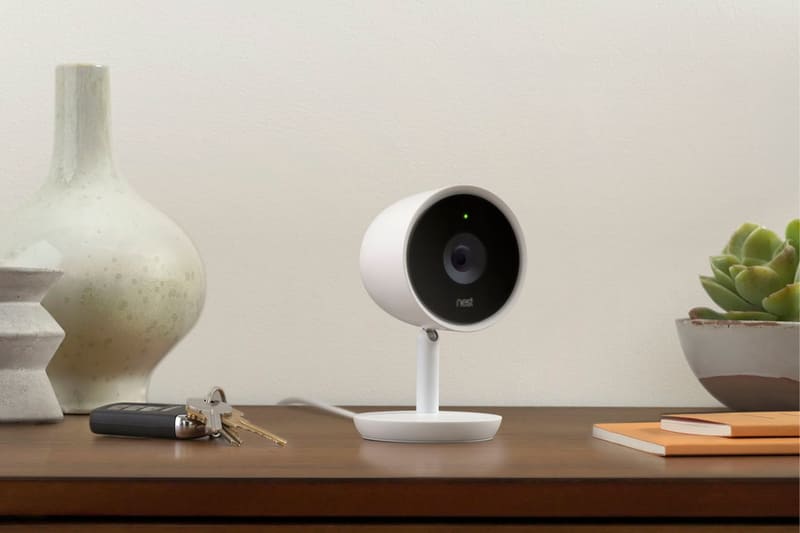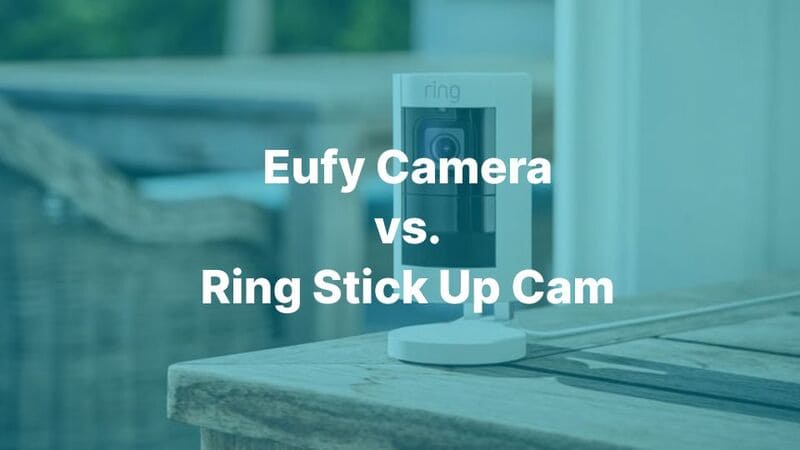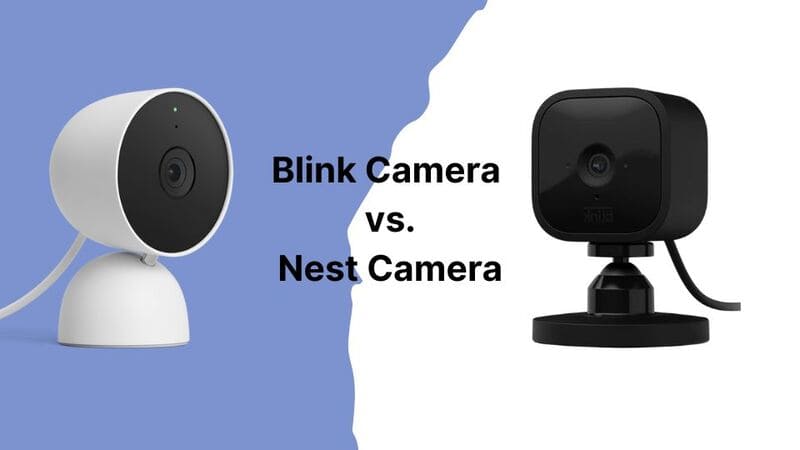Ever wondered where your Google Nest Cameras are crafted? As the cornerstone of modern smart home security, these devices carry a complex global manufacturing legacy. Born from Nest Labs’ 2010 vision and reshaped by Google’s $3.2 billion acquisition, Google Nest Cameras now navigate intricate supply chains across continents. This deep dive uncovers their production hubs from Taiwan to Malaysia, analyzes post-tariff manufacturing shifts, and decodes why ‘Assembled in the USA’ claims require scrutiny. Whether you’re evaluating camera reliability, compliance standards, or Google’s supply chain strategy, understanding where Google Nest Cameras originate impacts your smart home investment. Join us as we trace aluminum enclosures and sensors from factory floors to your doorway – the untold journey behind HD streams and motion alerts.

The Evolution of Google Nest Cameras: Origins and Product Line
I find Google Nest Cameras to be an important piece of the Google Nest smart home collection. This collection isn’t just about cameras. It also includes smart speakers, displays, thermostats, smoke detectors, routers, and smart locks. From my perspective, the Nest brand has a fascinating backstory, shaping its place in home security and automation today.
Background: Nest Labs and Its Initial Growth
- Tony Fadell and Matt Rogers started Nest Labs in 2010.
- Their first item, the Nest Learning Thermostat, came out in 2011.
- In 2013, they added the Nest Protect smoke and carbon monoxide detector to their products.
- Google saw the promise in these smart home devices. So, they bought Nest Labs in January 2014 for $3.2 billion. I think this was a significant move by Google.
Joining and Growing with Google
- After Google bought them, Nest Labs grew significantly. They went from 280 employees to over 1,100 by late 2015. They also set up a big engineering center in Seattle. That’s quite a jump in staff, in my opinion.
- Google also acquired Dropcam in 2014. I believe this was a key step. It helped launch the Nest Cam-branded cameras in June 2015.
- Then, in 2015, Google restructured to become Alphabet Inc. For a time, Nest operated as a separate company. Later, in 2018, it rejoined Google’s home-devices division.
How Products Changed: Main Features and System
- The Google Nest Cam products developed at a fast pace. They received frequent hardware and software updates. I appreciate it when companies keep their products current like this.
- In 2018, Google brought all its smart home devices together under the Google Nest brand. This included the cameras.
- Today’s Nest cameras have many useful features. For example, they offer Wi-Fi, high-definition video, and two-way audio. They also include multiple sensors and options for different fields of view. I recommend looking into these features based on your needs.
Working with Google’s Smart Home System
- People often use Nest cameras with other Google Nest gadgets. Based on my experience, this helps create a connected and secure home.
- I’ve found they pair smoothly with Google speakers and hubs. This lets you monitor and manage your smart home products all in one system.
To sum up, I see Google Nest Cameras as a story of ongoing improvement and bringing things together. They started from what Nest Labs first imagined. Now, they have become a complete set of smart security products inside Google’s home automation system.

Where Are Google Nest Cameras Manufactured? Main Manufacturing Locations and OEM Changes
Google makes its Nest Cameras in a few different places. I think this is because global supply lines and trade rules have changed.
Manufacturing in Taiwan and Malaysia
- Back in 2019, 9to5Google reported a big change in how Google made Nest products. To steer clear of US taxes on Chinese goods, Google started making Nest devices, including security cameras, in Taiwan and Malaysia instead of China.
- I also read on The Verge that Nest devices for the US market now mainly come from Taiwan and Malaysia. So, I believe Google Nest Cameras for people in the US are primarily made in these countries.
Ongoing Manufacturing in China
- Even with these production shifts, Google still makes some Nest products in China. A Best Buy Q&A from 2020 supports this, noting some Nest Wifi units come from both Vietnam and China. While this was about routers, I think it suggests some Nest cameras could also be made in China, perhaps for markets outside the US.
- I found more proof in third-party customs records. Trade information shows Google China sent Nest Cam products to Google India. To me, this shows they are still making or at least designing some models in mainland China.
Are Any Google Nest Cameras Made in the United States?
- I’ve seen a few claims about US manufacturing. For instance, an Amazon.ca product page listed “Country of Origin: United States” for the Nest Cam Indoor. But, when I looked on US Amazon and other official sites, I couldn’t confirm this.
- From my experience, big electronics companies don’t often fully make their products in the US. So, I think this claim probably means just the final putting-together steps or packing for the area, not the entire manufacturing process.
Summary Table: Google Nest Camera Manufacturing Locations
| Location | Evidence & Notes |
|---|---|
| Taiwan, Malaysia | Many tech news sources confirmed this starting in 2019; I see this as the main site for US units. |
| China | I find consistent trade and customs data; this seems to be for markets outside the US. |
| United States | I haven’t confirmed this; it probably means packaging or just the final putting-together steps. |
Understanding Google Nest Camera Manufacturing and Its Industry
If you want to know where Google makes its Nest Cameras, I find it useful to look at the wider industry. I’ve observed that the global security camera market strongly focuses on the Asia-Pacific region. This area has large manufacturing networks. I believe this region is great for the large-scale electronics production Google needs for products like the Nest Cam (Battery) and Nest Cam (Wired).
How Google Approaches Manufacturing and Supply Chains
- From what I’ve seen, Google usually gets electronic parts from different suppliers around the world. Countries in Asia with good electronics manufacturing setups do most of the assembly.
- I think it’s pretty standard for companies like Google to use different factories for various models. For instance, battery-powered cameras for both inside and outside use might be assembled on different lines than wired indoor cameras.
- Using different regions is also a strategy I recognize. Google might pick certain places to supply specific markets. This helps them follow local rules and manage shipping.
How Company Changes Affected Manufacturing
When Google bought Nest Labs in 2014 for $3.2 billion, I believe this started some big changes in the organization. For a few years after Alphabet Inc. formed, Nest worked on its own. Then, in 2018, it became part of Google’s hardware team. I think these changes probably affected how Google managed manufacturing. This includes their choices of supply partners and assembly factories.
What I See as Key Factors in Manufacturing
I believe several important things influence how and where Google makes Nest Cameras:
– Keeping costs down: Google aims to offer good quality at prices people can afford. I think this is a smart balance.
– Strong supply chains: Making products in different countries helps Google avoid problems like new taxes or other interruptions. This seems like a good way to reduce risk.
– High quality: From my perspective, it’s crucial that all Nest products pass Google’s tough quality checks.
– Following rules: The devices need to meet the rules in every market where Google sells them.
– Meeting demand: Many people want smart home products, so Google needs production that can grow and adapt.
Growing Product Lines and Varied Manufacturing
When Google expanded the Nest line beyond smart thermostats, they added cameras, speakers, and smoke detectors. I saw their manufacturing methods change with this growth. To support such a wide variety of smart home devices, I think Google probably uses several manufacturing partners and different factory locations. Each one might focus on specific products or parts.
My View on the Current Situation
Looking ahead to 2025, I see Google staying dedicated to its Nest camera system. The newest models get good reviews from customers. People particularly like the easy-to-use features, design, and how dependable they are. I believe this success comes straight from Google’s continuous investment in strong and flexible manufacturing methods.
While Google Nest Cameras rely on global manufacturing (Taiwan/Malaysia for US, China for others), their complex supply chains create cost and compliance challenges. As a Shenzhen-based CCTV manufacturer, we offer a smarter alternative:
✅ Local Production – Avoid tariffs & shipping delays
✅ Full Customization – Hardware + icsee APP white-label solutions
✅ One-Stop Development – From camera modules to AI analytics
Why choose us?
We build cameras with your brand, not Google’s. Our icsee-compatible systems give you control over features, data privacy, and pricing.
Ready to launch your own security line? Get Custom Quote Now.






